Rabies in a postpandemic world: resilient reservoirs, redoubtable riposte, recurrent roadblocks, and resolute recidivism Rupprecht, C.E., Mshelbwala, P.P., Reeves, R.G., Kuzmin, I.V. 2023 Animal Diseases, 3(1), art. no. 15.
Rabies


Lumpy skin disease (LSD) is an OIE-listed notifiable disease caused by the lumpy skin disease virus (LSDV). It affects cattle and water buffalo, damaging animal health and causing significant production and trade losses.
SHARE
Lumpy Skin Disease (LSD)
LSD has been spreading into different regions and countries in recent years and continues to move. Find out where the latest reported outbreaks are with this map.
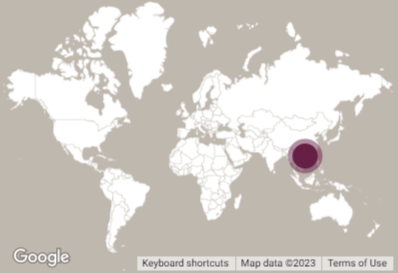
KEY FACTS

Disease Classification
LSDV is a type of Pox virus classified in the genus (or group) Capripoxvirus. It is closely related to Sheeppox virus and Goatpox virus, however it is very species specific so LSDV only causes disease in cattle and water buffalo. It is therefore essential that disease control focusses on cattle.

Transmission
LSD is mainly transmitted indirectly with the help of insects (‘vectors’), including mosquitoes, which pick up the virus when they bite an infected animal and then spread it to uninfected animals. Such vector-borne diseases are likely to continue spreading because these insects increase in numbers in warm weather which means that global warming could have a huge impact.

Vaccine
Vaccination is the most effective means of controlling LSD in endemic regions (Tuppurainen et al (2014) Antiviral Research 109: 1-6) as well as being the most effective measure for countries previously free of LSD (EFSA 2017). Whilst there are different types of vaccines available, the homologous (LSDV-based) vaccines containing the Neethling strain have been proven in wide-scale mass vaccination programmes (EFSA 2018). A high quality vaccine should always be used.
Clinical Signs
As the disease name suggests, affected animals typically develop skin nodules or lumps, which can occur all over the body and vary in size. Other clinical signs include fever, general malaise, ocular and nasal discharge, and sudden decrease in milk production. As these are non-specific, outbreaks of LSD may not be detected quickly enabling it to spread further. Morbidity and mortality may vary between 10-20% and 1-5% respectively (OIE Technical Card, July 2017), and the severity of disease in those affected varies from mild to fatal. LSD outbreaks have a huge impact on the farming industry because they lead to significant production losses. They also cause serious damage to trade because of major restrictions for the export of live cattle, milk and meat products, skins and hides.
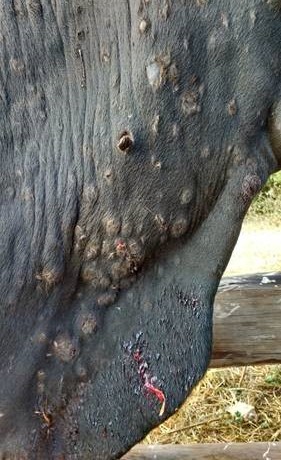
Affected animals typically develop skin nodules, which can appear on various parts of the body
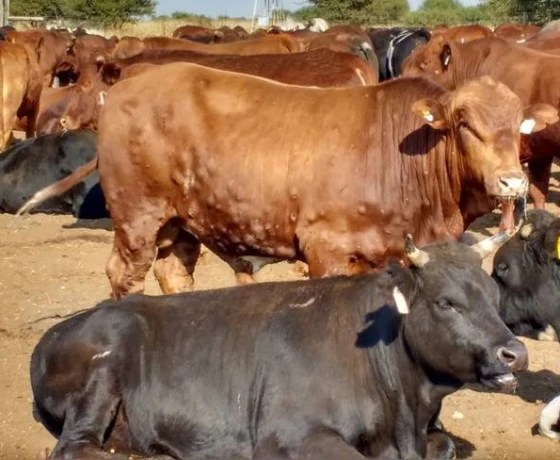
Skin lumps can persist in recovering animals, and lesions may lead to scarring
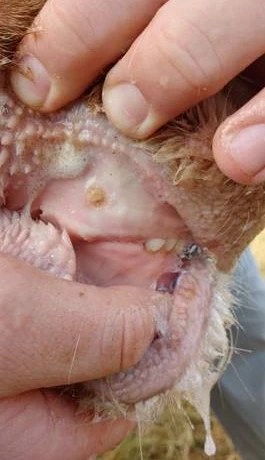
Lesions may not be limited to the skin, and may be accompanied by non-specific signs, e.g. milk drop
Treatment
LSD is caused by a virus which means that there is no specific treatment. Control of LSD must focus on prevention, including vaccination.
Management
In the event of outbreaks in disease-free countries then slaughter of infected and in-contact animals plus movement restrictions may be considered. However, this relies on detecting the disease very early and putting such controls in place very quickly. As this is expensive and may not be practically achievable, vaccination with a good quality vaccine is recommended.
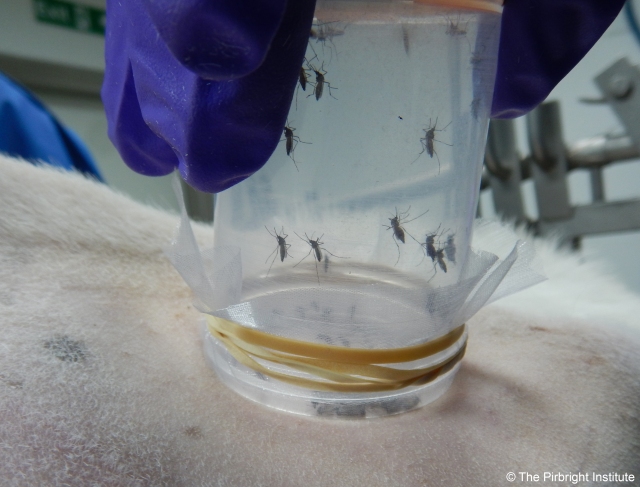
FOCUS ON…
Focus On… Life as a Vet in Research – Transboundary and Emerging Diseases
Almost 15 years ago, when I graduated as a veterinary surgeon, I never envisioned that I would be researching within infectious diseases… I was going to be a large animal…
Latest Articles and Events
Knowledge Hub
Innovating at EuFMD OS22
After so long since the last in-person event, it was wonderful to be able to…
Guide – Australia’s DAFF and CSIRO…
A field guide for veterinarians providing information on emergenc
International Symposium of..
My name is Rachel Herschman and I have been an intern on the..
Website – IVVN – International..
The IVVN is an international community of over 1,600 members working togeth…
Boosting disease control with…
Disease control is about a lot more than simply the right vaccine. Building…
Focus On… African Swine Fever (ASF)…
African swine fever (ASF) is present in more than 50 countries on five continent…
Exploring New Frontiers in Anim...
I’m a final year DPhil student studying at The Pirbright Institute and the..
Website – IVVN – International..
Latest Scientific Papers
Rabies
Foot and Mouth Disease (FMD)
Avian Influenza (AI)
No items to show.
Rabies
Avian Influenza (AI)
Rabies
No items to show.
Subscribe to our free newsletter and stay up to date with all news and events.